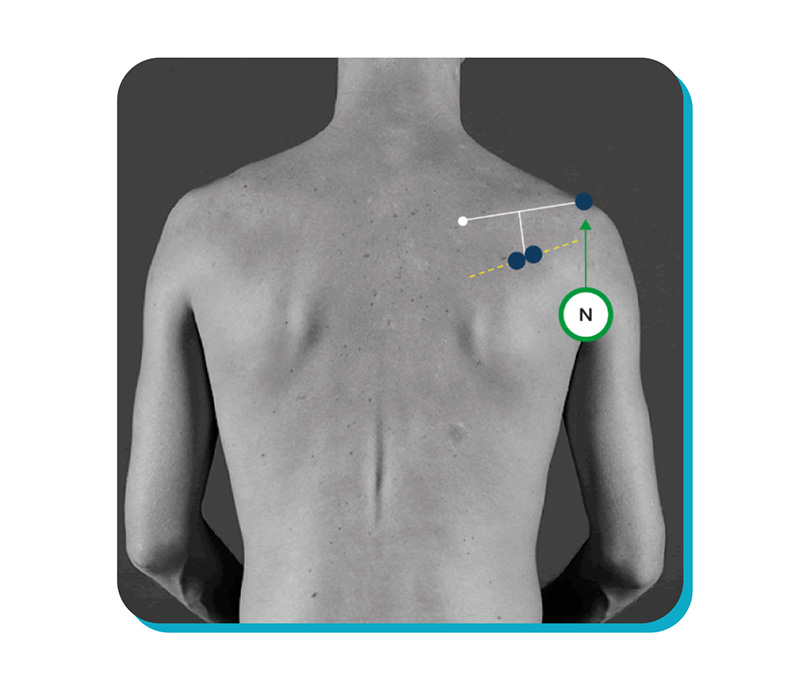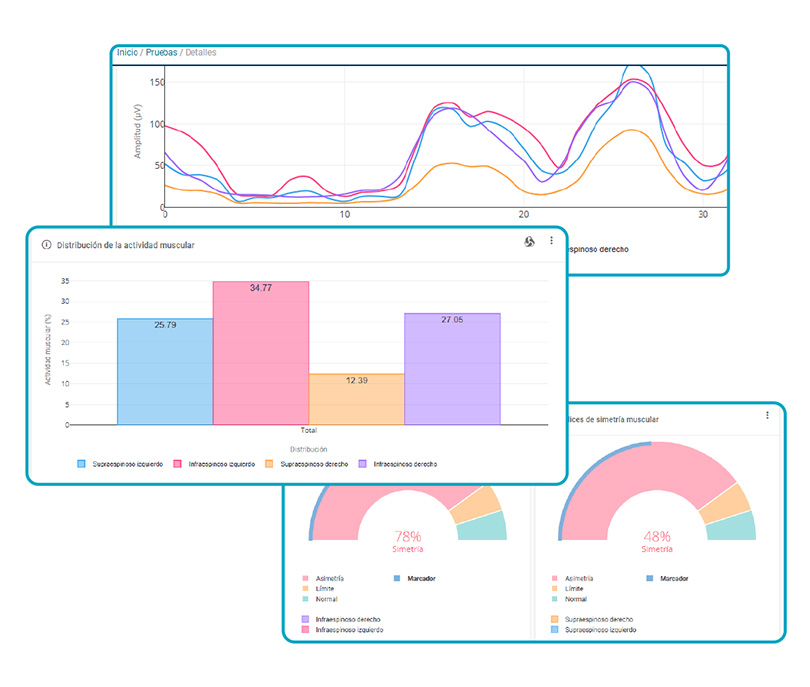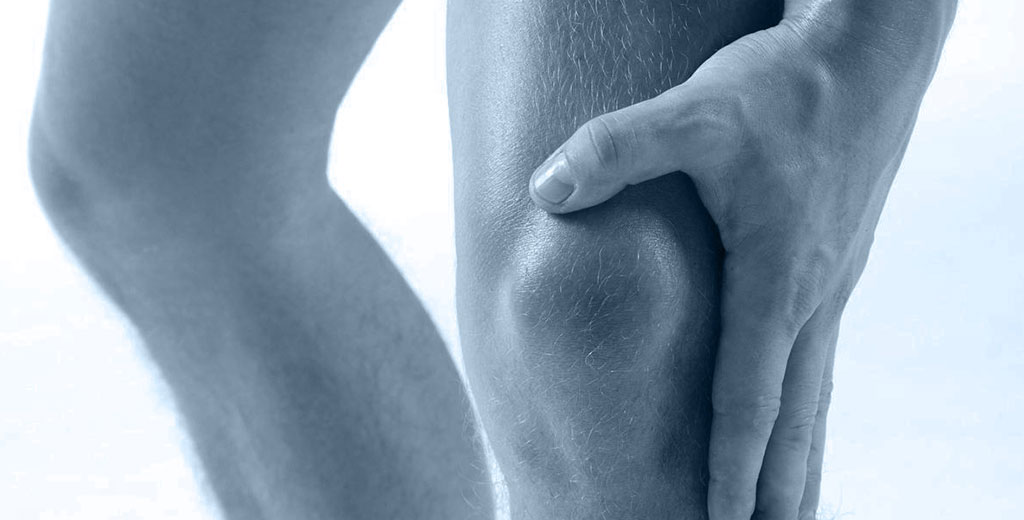Still assessing your patients’ muscle function just by “eye”?
Many physiotherapists continue to base their assessments on observation, palpation, or the patient’s subjective feedback. The problem? These methods don’t always reveal what’s really happening beneath the surface, muscle compensations, activation deficits, or inefficient patterns that may be limiting treatment progress.
How many times have you created a treatment plan that didn’t deliver results?
How many patients returned with no clear improvements, or even with new symptoms?
Without objective data, it’s easy to miss critical details. And those are exactly what make the difference between fast recovery and chronic issues.
Surface electromyography (sEMG) is a tool that helps you see the invisible, understanding which muscles are working correctly and which are not.
👉 Want to learn how to use EMG in your daily practice, tailored to your real cases?
If you’d like to pinpoint which muscles are underperforming, design individualized treatments, and communicate progress more effectively with your patients, keep reading. This guide is for you.
What Is Surface EMG? Learn the Essentials for Clinical Practice
EMG is a non-invasive technique that records electrical activity in muscles via electrodes placed on the skin. Simply put, it allows you to “listen” to how and how much a muscle is activating in real time while your patient moves.
With EMG, you can objectively assess muscle function, detect compensations, asymmetries, or activation deficits, and make more informed clinical decisions.
Here are four key concepts every physiotherapist should know:
- 1. What Does EMG Measure?
It records the level of muscle activation—that is, how many motor units are recruited during movement. The greater the activation, the stronger the EMG signal.
- 2. How Is It Applied?
Place surface electrodes on the muscle belly, after prepping the skin properly. Then, record the movement and view real-time activation on screen.
- 3. What Can You Observe?
- Which muscle is most active?
- Is it activating earlier or later than expected?
- Is there asymmetry between the healthy and injured side?
- Are key muscles not contributing as they should?
EMG is effective for treating tendinopathies, low back pain, post-surgical rehab, motor control issues, pelvic floor dysfunction, and even gait re-education.
- 4. Why Use EMG in Your Practice?
Some of the most valuable benefits include:
✅ More accurate diagnoses – uncover hidden muscular inefficiencies
✅ Smarter exercise selection – adjust load, angle, tempo, or technique based on real activation
✅ Improved patient engagement – visual data helps patients understand their issue and commit to treatment
How Does EMG Work (Step by Step)?
Using EMG in the clinic is simpler than you think:
1️⃣ Place sensors on the muscles you want to assess (e.g., gluteus maximus, quadriceps, trapezius).

2️⃣ Record video synchronized with muscle activation signals. This allows for simultaneous analysis of movement and activation, and easier communication with the patient.

3️⃣ Interpret the report: visually intuitive graphs show whether, for example, the glutes are underactive compared to the lumbar muscles in a deadlift, or if the upper traps are over-firing during a shoulder raise.

Most Common Clinical Applications
sEMG can be used across various physiotherapy domains:
- – Musculoskeletal: low back pain, tendinopathies, ACL rehab, scapular instability, IT band syndrome
- – Pelvic floor: postpartum re-education, urinary dysfunction, pelvic pain
- – Neurology: stroke, cerebral palsy, Parkinson’s disease
- – TMJ: hyperactivity in bruxism, tension headaches, jaw pain

How Does It Compare to Traditional Methods?
- – You deliver data-based evaluations, not just perceptions
- – You gain trust by showing patients easy-to-understand visuals
- – You stand out professionally as an evidence-based clinician
- – You design more precise, personalized interventions
Conclusion
Surface EMG isn’t the future, it’s the present of advanced physiotherapy. With this tool, you can:
✅ Measure
✅ Analyze
✅ Re-educate
✅ Track progress
And most importantly, help your patients more effectively.
Want to bring EMG into your clinic?
See you in the next post 🙂

